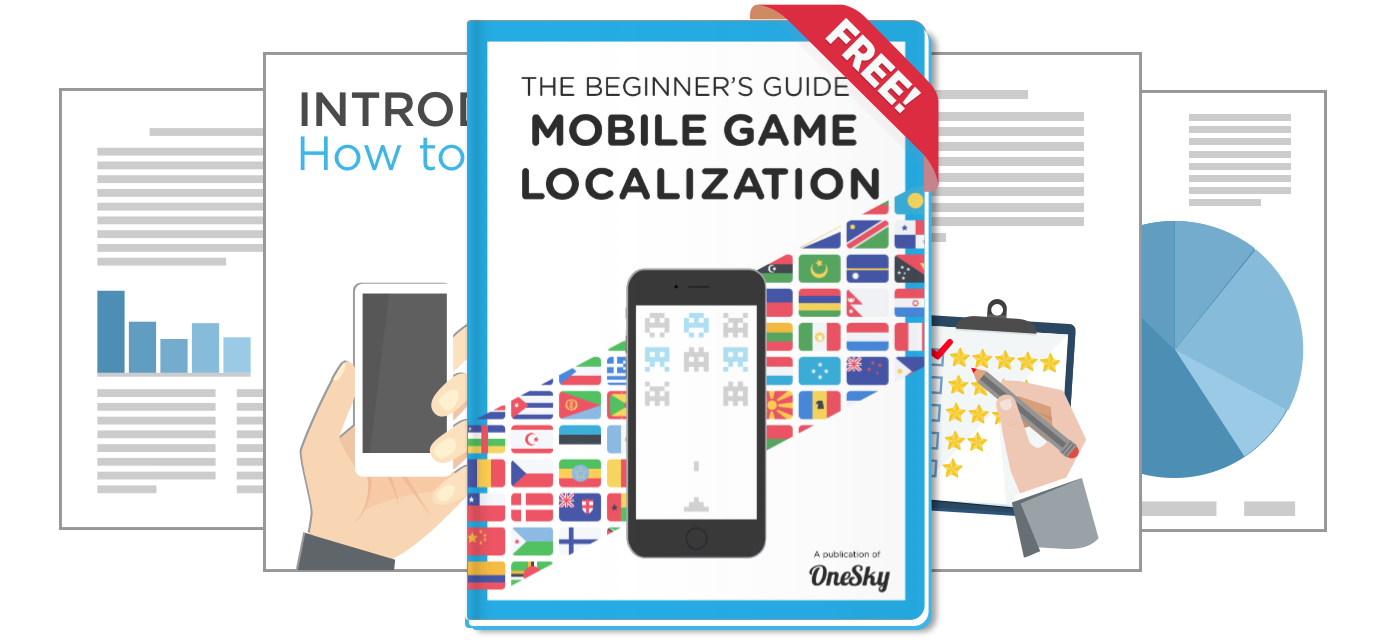Why it’s necessary to consider mobile game localization
As the world becomes increasingly globalized, your mobile game should too.
The overseas appetite for mobile games is only growing, and some of the world’s most populous places—such as India and Indonesia—happen to also be some of the fastest growing app markets.
Localization can bring your game to more markets, bigger markets, and better markets.
It will also enable you to take full advantage of the monetization potential.
Not only does mobile game localization allow you to reach new markets, but it also allows you to truly break into them. You’ll have the added benefit of building loyalty, by showing foreign gamers that you truly care about their gaming experience. That’s why localization, when done right, goes beyond just translating the words—you’re translating the concept of your game, to fully bring these new players into your world.
But remember: no matter how well you localize, that loyalty isn’t unshakeable.
Make sure your mobile game localization is done well
Mobile games are a fast-paced world, and in order to keep up with competition, you have to update frequently, to keep your game fresh, and your players interested. That’s where tools like the translation management system (TMS) come in.
On its most basic level, a TMS is a platform to keep you organized by tracking plans, foster communication, and store your materials. But it also allows you to move quickly and stay agile, through features such as:
1. New content flags.
When you update your game, you’re adding new content, but you’re also usually keeping some of the old. A good TMS will recognize duplication, and then flag only the new pieces for translation.
2. Automated notifications.
A TMS will send automated notifications, to ensure that your team is working together effectively and on schedule. It also allows the members of your team to easily the project’s progress as a whole, thereby minimizing the potential for redundancy.
3. Platform integrations.
OneSky’s TMS is integrated with both iOS and Google Play. This means that any updates from the development side will be quickly earmarked for translation, and automatically assigned to the right person. After the translator has finished, the TMS can then flow it back to the dev side.

